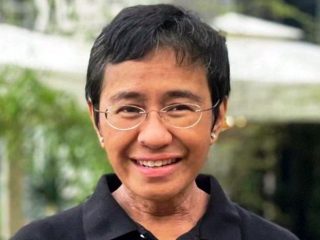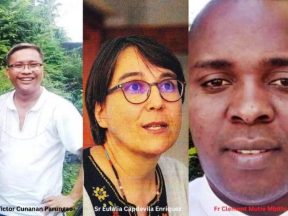Myanmar. Four years of civil war amid international indifference.
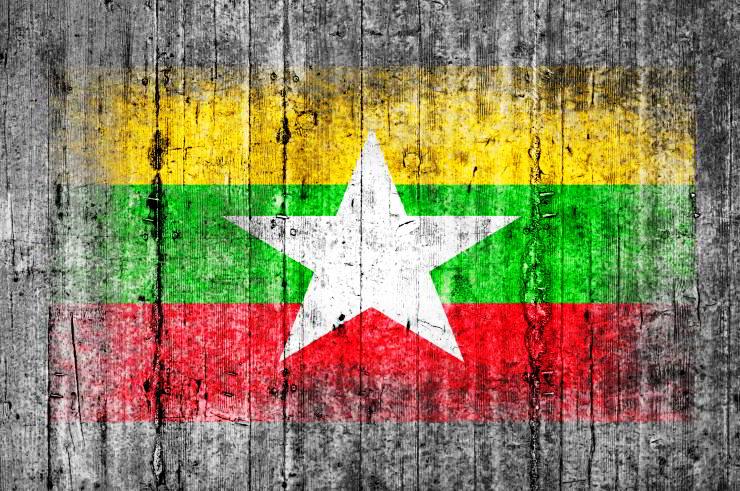
The country marks the fourth anniversary of the coup by the military junta of General Min Aung Hlaing in 2021, forgotten by the rest of the world focused on other regional conflicts. What are the prospects
for this year?
The majority of the 51 million Burmese, from Yangon to Laishio and from Naypyidaw to Sittwe, will deplore the country’s entry into a fifth year of civil war, with thousands of deaths and hundreds of thousands of refugees, and it is easy to imagine that the international community will largely ignore this sad anniversary.
On February 1, 2025, four years will have passed since the last military coup in the country that ousted the Lady of Yangon (Aung San Suu Kyi, 80 years old, who has hardly ever been seen in public since her arrest by the junta in February 2021 and whose health is said to be precarious).
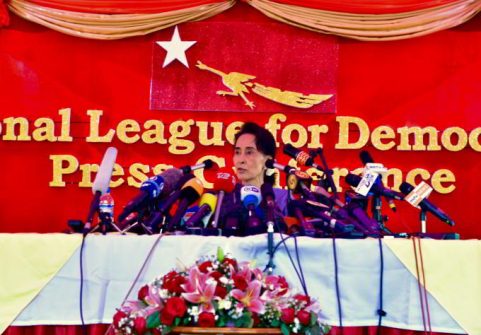
Aung San Suu Kyi at an election campaign event, Yangon, Burma. In February 2021, she was arrested by the junta. Shutterstock/Simon Roughneen
It is in virtual anonymity, even in real indifference from the outside world, that this tormented, Buddhist-majority country, at the crossroads of Southeast Asia, the Indian subcontinent and the Chinese world is bogged down, suffers and hopes.
Lands that generals love to trample upon and dominate, somewhat less fond of democracy, good governance and respect for human rights than of deadly and destructive air raids, mass repression and other crimes against humanity. And all of this without stirring many people, especially, but not only in the great Western democracies.
Certainly, from the eastern fringes of Europe to the effervescent Middle East, not to mention the Indo-Pacific region, the Taiwan Strait, the Korean Peninsula or the South China Sea and its recurring procession of maritime incidents between coastal nations, the echoes of war, suffering and unspeakable violence resonate even more intensely in other theatres of crisis that monopolize much of the public attention.
A priori, the regional and international shockwaves of these various conflicts, tensions and interstate disputes have a much greater impact on regional balances, stability and supply chains of a globalized economy than the more timid and less destabilizing ones emanating from the 676,000 km² of an entire Burmese territory that has been torn, from the North (Kachin State) to the South (Karen State, Tanintharyi region) and the West (Arakan) to the East (Shan State), by civil war.
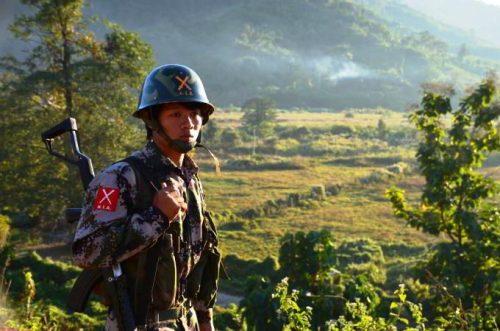
A soldier from the Kachin Independence Army (KIA). Shutterstock/Simon Roughneen
A civil war almost under the radar at the beginning of 2025, pitting two irredentist and completely opposed segments of Burmese society against each other. On the one hand, the military junta (officially the State Administrative Council or SAC), which has always had a fierce contempt for the promoters of democracy and other civilian defenders of human rights in the modern history of Burma (since independence from the British crown in January 1948). On the other hand, a stubborn, resilient and resolute pro-democracy Burma has been growing for four years.
The latter is organized around a government of national unity in exile (the NUG, which includes several cadres of the National League for Democracy, Aung San Suu Kyi’s party), a noria of armed ethnic groups (the GEA, expert for decades in the handling of weapons and guerrilla warfare against the Burmese army) and a recent and eclectic galaxy of local citizen militias hostile to the junta (the People’s Defense Forces or PDF, now numbering in the hundreds). All this has been supported by a Burmese majority, exhausted by the weight and multifaceted cost of the conflict, but still standing, determined to free itself at all costs, once and for all, from the generals’ permanent grip on the course of Burmese affairs. Having understood that they would have to work alone for their liberation from the yoke of the military, they looked with understandable frustration at the outside world as it stood at the side of the Ukrainian population from the first day of the Russian invasion.
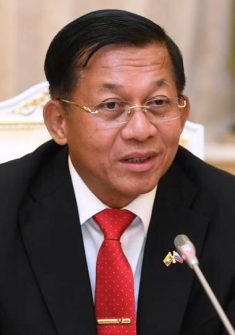
General Min Aung Hlaing, Chairman of the State Administrative Council and Supreme Commander-in-Chief of Myanmar’s Armed Forces. CC BY 4.0/Tatarstan.ru
Despite General Min Aung Hlaing’s usual arrogance (he is the former head of the armed forces and No. 1 of the SAC) and his recent outbursts regarding the evolution of hostilities on various fronts, the military regime and its armed forces (150,000 soldiers plus various auxiliaries, including many local pro-junta militias) have continued to lose ground to the resistance forces since the autumn of 2023.According to observers and the NUG, the pro-democracy coalition forces now have “direct” control over only a third of the territory. The latter estimates that they now control almost 45% of the country. This is a testament to their resilience, determination, and the unwavering support of the majority of Burmese, despite being repressed, exhausted, and almost abandoned by the outside world.
For its part, Min Aung Hlaing’s SAC (which has been regularly announced over the past two years to have been sidelined by its generalist counterparts, but which has so far barely materialized) has made several announcements recently, on several occasions, without making much effort to appear credible.
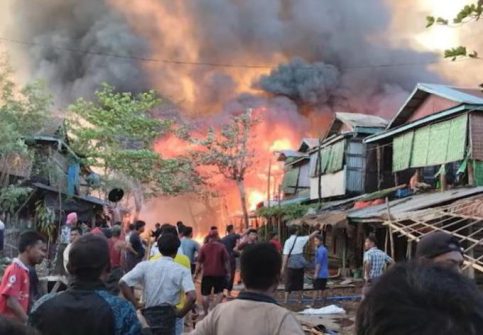
Kyauktaw Township was bombed by Myanmar Air Force, in January 2025. CC BY 3.0/MPATV
First, it would be a matter of organizing general elections in the fall of 2025 (i.e. five years after having turned its back on the unfavourable and indisputable results of the last elections). The project has been rejected outright by Burmese civil society and the main pro-democracy political parties and denounced in advance by Western capitals.
Second, the SAC would like to start peace talks with its main adversaries on the ground (in particular the ethnic armed groups of the Brotherhood Alliance, which consists of three of the most combative GEAs, which oppose Min Aung Hlaing’s army on several fronts: the Arakan Army, the TNLA and the MNDAA).
This project is supported, if not strongly encouraged, by the Chinese government, which offers its good offices, in its complex capacity as a common interlocutor for all parties to the conflict.
But in Burma, China is a mediator with a particular motivation, to say the least. Many Burmese assets, such as several large ongoing projects that make up the China Myanmar Economic Corridor (itself an important part of Chinese President Xi Jinping’s ambitious Belt and Road Initiative), are now directly threatened by the protracted hostilities and the series of military setbacks suffered by the Tatmadaw (the official name of the Burmese army) over the past 15 months. Most notably in Shan State (bordering China’s Yunnan) and Arakan.
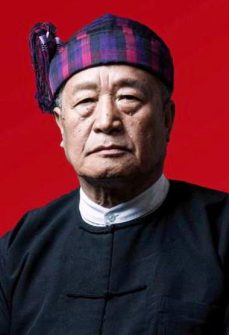
Duwa Lashi La, president of the NUG: “Our goal is to reach a turning point in 2025”. Facebook
Arakan is the starting point for oil and gas pipelines linking Burma and China’s Yunnan, as well as for the deep-water port and special economic zone of Kyaukpyu, both run by Chinese operators.
In early January, between enchantment and resolution, Duwa Lashi La, the president of the NUG, unveiled to the international press his roadmap for 2025, summarizing his remarks on a clear axis: “Our goal is to reach a turning point in 2025, a situation similar to that of Syria when Al Assad left his country. We must give the final blow to the SAC.” For his part, in his New Year’s speech, Min Aung Hlaing called on the people to work together “to end the conflict”, trying to convince the Burmese people – no one is forced to do the impossible – that his efforts are aimed “solely at resolving conflicts for the benefit of the nation and the people, promoting a stable and peaceful environment”.
On the part of the Burmese population, the NUG and the GEA, are paying close attention to the new administration in the White House, but are convinced that the unpredictable Donald Trump will not waste his efforts to restore Myanmar to being a peaceful territory. Instead, leaving China to do its work with predictable results. (Open Photo: Myanmar flag painted on background texture gray concrete. 123rf)
Olivier Guillard/Ad Extra

